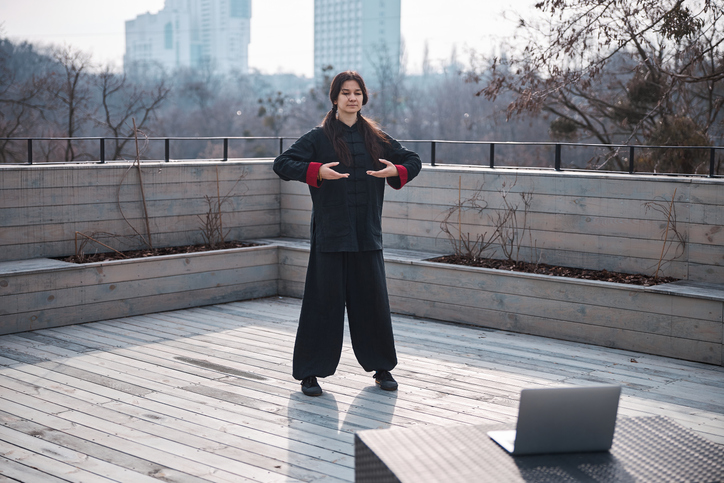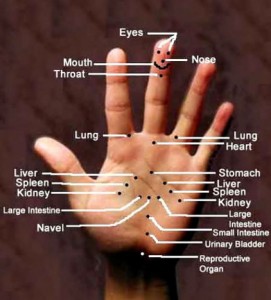Qi Gong is a practice that originated in China. It is an ancient form of exercise that has been used for centuries to promote health and wellness. This article will explore the basics of Qi Gong breathing including what it is, how it works, and why people practice it.
The word qi translates as breath or energy. Qigong means “breath work” or “energy work.” Qi Gong involves a series of gentle movements combined with deep breathing exercises to improve health and well-being. Practitioners believe qi can be cultivated through the practice of qigong by using the breath to focus on different parts of the body.
If you are looking for a way to improve your overall well-being, you might want to consider Qi Gong breathing techniques. This practice involves slow, deliberate movements and deep breathing exercises that can help you reduce stress, release tension, and increase your energy levels. Here’s what you need to know about finding a Qi Gong class and practising the techniques at home.
The First Technique: Abdominal Breathing
The Second Technique: Reverse abdomen Breathing
This type of breathing helps to relax the body and reduce stress levels. It also helps to improve concentration and focus, as well as strengthen the immune system. With regular practice of reverse breathing, you can unlock your full potential for physical and mental health.
The Third Technique: Qi pressure breath
Qi pressure breath is a holistic practice that harnesses the power of breath and energy to enhance your physical and mental well-being. This ancient Chinese tradition has gained popularity around the world as an effective way to reduce stress, alleviate anxiety, improve focus and increase vitality. The practice involves manipulating the flow of qi through the body by gently applying pressure to specific areas while practising deep breathing techniques. In this ultimate guide, we’ll take a closer look at what qi pressure breath is all about, how it works, and its potential benefits for your health.
Through the application of this Qigong method, the practitioner will learn how to pressurise their own Qi. The internal Qi can then be “heated” in this way, resulting in extremely potent Qi flow throughout the meridians.
This technique aids in immediately regaining equilibrium and revitalising the blocked Qi meridian sites. The steady flow of blood and energy is dependent on an unobstructed meridian system. Also, it is the most effective technique to replenish the body’s energy.
The Fourth Technique: Four gates Breathing
The four gates breathing exercise is a commonly practised Qi Gong breathing exercise that aids in promoting relaxation and calming the mind. It entails taking four slow, deep breaths followed by four breath holds, four slow, full exhalations, and four breath holds before continuing anew.
Four Gates are the centres on the bottom of the feet (Yong Quan points) and the palms (Lao Gong points). The “Bubbling Wells” are another name for the Yong Quan points since it is thought that the Qi emanates from them as water does from a well. We can enhance the flow of Qi through these four gates, which will benefit both our bodily and mental well-being.
Directions for Four Gate Breathing Practice
You can practise Four Gate Qigong breathing exercises while sitting, standing, or lying down. If sitting is your preferred position, lean back in the chair or extend your legs in front of you. Crossing your legs might stop the Qi from moving freely, so avoid doing it.
Breathe normally through your nose for a few breaths, expanding your abdomen on inhalation and drawing it in on exhalation. When you feel confident performing this exercise, you might try using reverse abdominal breathing.
Visualize four gates on the centres of your palms and the centres of your feet as you concentrate on the lower Dan Tian. Imagine the Qi energy entering through your hands and feet at the same time as you inhale. It will then go up your meridian pathways (the inner sides of your arms and legs) and merge in the lower Dan Tian. Imagine the Qi returning from the lower Dan Tian to the palms and fingers on the exhale.
This practice is best performed right before going to sleep. It involves just counting your breaths until you fall asleep and wake up in the morning feeling energy vibrations in the Dan Tian and limbs.





Would love to forever get updated outstanding site! .